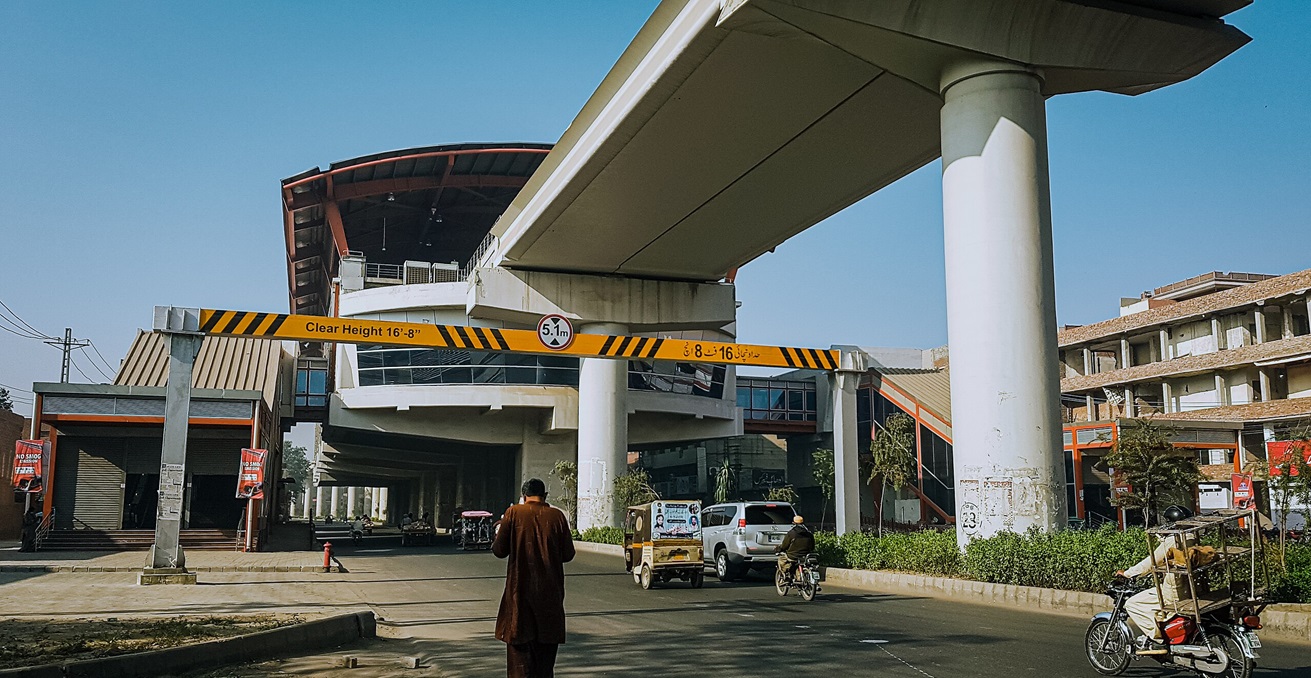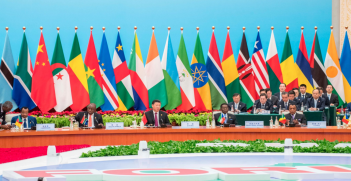The Belt and Road Initiative: A Decade of Economic Progress and Ecological Pitfalls

As the Chinese Belt and Road Initiative (BRI) celebrated its 10th anniversary in 2023, the promise of its green future was made explicit. For some, however, the environmental toll left by early BRI projects may last much longer.
The Belt and Road Initiative was launched in 2013 by Xi Jinping in Kazakhstan at Nazarbayev University. It was an attempt by China to revive the old Silk Road which was being used by traders 2000 years ago during Han dynasty to connect China with the Mediterranean via Eurasia. Today, it is a network of trade routes, roadways, railways, and maritime constructions that comprises two parts: Silk Road Economic Belt, a trans-continental passage that links China with Southeast Asia, South Asia, Central Asia, Russia, and Europe by land; and a 21st century Maritime Silk Road, a sea route connecting China’s coastal regions with Southeast and South Asia, the South Pacific, the Middle East, and Eastern Africa, all the way to Europe.
The BRI not only seeks to create infrastructure but also an interdependent market for China to build a high-tech based economy. Marlene Laruelle, in her book China’s Belt and Road Initiative and its Impact, argues that the “BRI is not simply the sum of individual projects centered around the idea of connecting China to the rest of the world via new continental and maritime infrastructure.” It is a metadiscourse on the Silk Road and a new manifestation of China’s soft power, of its “peaceful” and “multilateral” rise.” The BRI, which has been helpful in enhancing the economy of the central Asian region, impacts the ecology of the space and of human wellbeing there.
What makes BRI crucial to Central Asia?
The five land-locked central Asian countries, Kazakhstan, Uzbekistan, Tajikistan, Kyrgyzstan, and Turkmenistan, are the largest recipients of Chinese BRI investment. Three of the nations share substantial borders with China, along with having the highest volumes of trade with it. This explains the intensity and volume of infrastructure projects in the region, as well as underscoring the central Asian space as key to the geo-economic ambitions of China. It provides the only land route into European markets.
The sea route, meanwhile, bypasses the Malacca Strait to pass through Southeast Asia and feed into the Indian Ocean. Pakistan is one of the most significant countries for the success of this Chinese initiative through the proposed China-Pakistan Economic Corridor (CPEC). Along with a West Asia Economic Corridor, CPEC plays an important role in providing China alternative routes of transportation and sources of energy, while also contributing to regional development and stability.
India so far has not joined the BRI due to its concerns regarding the violation of sovereign territory in the Aksai Chin and the building of border villages by China in the Arunachal Pradesh. This is despite the strong economic complementarity with BRI objectives that India shares. As CPEC passes through Pakistan-occupied Kashmir, New Delhi has resisted further collaboration. India was to be home to two corridors, including CPEC and the Bangladesh-China-India-Myanmar (BCIM) Economic Corridor, before it withdrew participation from both.
India’s absence in the BRI draws our attention towards the importance of central Asian cooperation to the BRI’s success. The strong presence of China in Central Asia, and particularly Kazakhstan, has shifted geopolitical realities in the region with Russia being forced to give way in what has been traditionally Moscow’s backyard. For the time being, both Russia and China are united in the interest of constraining US primacy across the central Asian space.
So far, China has launched at least 112 projects in Central Asia, aimed at boosting infrastructure related to transportation and connectivity. According to a World Bank report in 2019, if fully implemented, BRI transportation projects could increase trade by between 1.7 and 6.2 percent for the world, increasing global real incomes by 0.7 to 2.9 percent. With “connectedness” the key aim of the initiative, the BRI has created a web of markets, boosting the cumulative exports and imports between China and central Asian countries to US$70.2 billion, as of 2022. Total trade between China and its BRI partners amounted to US$19.1 trillion by the end of 2022.
Environment and Human Security
Despite these gains, economic development via BRI projects does not come without worsening pre-existing ecological crises in Central Asia.
Central Asia, an arid and semi-arid region, faces several environmental disruptions and stands as one of the world’s most vulnerable areas to global climate change. As of 2022, the region’s temperature has increased faster than the global average. The drying of the Aral Sea, particularly affecting the Karakalpakstan region in Uzbekistan, exemplifies the catastrophic consequences. Kazakhstan, hosting Soviet nuclear sites since the late 1940s, such as the Semipalatinsk Nuclear Site at the Irtysh river, grapples with ecological challenges from radiation.
The BRI intensifies these issues, contributing to ecological destruction in Eastern Kazakhstan. Chinese demand for coal boosts investments in Semey’s coal-fired plants, impacting river flows. Additionally, the BRI exacerbates local unemployment and mistreatment of labour by Chinese firms. Meanwhile, Kazakhstan’s low agricultural resources has raised ongoing concerns about the region’s susceptibility to food insecurity due to ecological risk factors. Kazakhstan, as Central Asia’s largest crop producer, faces potential future food shortages, with climate change a major factor. Additionally, persistent environmental pollution in Central Asia, exacerbated by BRI projects, particularly impacting Lake Balkhash, has led to the scarcity of fresh water and the degradation of marine life.
The way ahead
Amid emerging ecological challenges, China is trying its hands with renewables. The concepts of Clean Silk Road and Green Silk Road proposed by China seek to enhance the sustainable motives of the BRI. The former is to ensure the transparent and accountable functioning of the BRI for avoiding corruption and malpractice, while the latter aims to carry out sustainable development to minimise environmental destruction. But there exist challenges in the implementation. China’s recent refusal to consider further coal projects in Bangladesh is a welcome step, as is the fact that renewables have been making up the majority of new BRI energy investment projects since 2020. However, China’s act of making partner countries sign on to non-disclosure agreements is an evident gap in making BRI clean. Beijing also continues to refuse to sign on to Paris Club agreements as well as UNCTAD principles – designed to ensure fair and transparent agreements.
My own research indicates that the green steps taken by China have so far been disproportionate to the environmental destruction caused by BRI projects in central Asian space. Central Asian partners, dependent on Chinese projects for economic growth, face a trade-off due to higher costs for immediate environmentally friendly solutions, emphasising the need for the BRI to prioritise long-term health and environmental considerations amid the region’s urgent needs.
Ayushi Saini is a Junior Research Fellow and a PhD candidate in the Centre for Russian and Central Asian Studies of School of International Studies at Jawaharlal Nehru University, New Delhi. Currently she is working at the intersection of International Relations and Environment. She can be followed on LinkedIn
This article is published under a Creative Commons Licence and may be republished with attribution.





